Tencent Announces Creation of Digital Seed Bank at 11th WE Summit
The 11th Annual Tencent WE Summit — theme: The Seed — held on October 28 at the Beijing Exhibition Center pays tribute to leading-edge scientific explorers throughout history who have planted seeds of humanity’s growth. Participants learned about breakthroughs and discoveries in scientific disciplines such as physics, material science, agriculture, and life sciences from seven eminent Chinese and international scientists.
Digital Seed Bank to be built at Tencent Science and Technology Museum
The summit provided a fitting backdrop for Tencent to announce its partnership with the Chinese Academy of Agricultural Sciences (CAAS) to create a Digital Seed Bank at the Tencent Science and Technology Museum.
The Digital Seed Bank will feature three-dimensional digital displays of hundreds of types of germplasm resources now preserved at the National Crop Genebank of China (NCGC), the world’s largest single national-class germplasm resource bank. Exhibitions will also include China’s world-class seed-storage and breeding technologies, as well as a view of the whole plant growth cycle. The charitable effort is designed to support agricultural research while providing easy access for the public to learn about agricultural science.
 Artist impression of future Digital Seed Bank at Tencent Science and Technology Museum.
Artist impression of future Digital Seed Bank at Tencent Science and Technology Museum.
WE Summit Highlights
Tencent’s Chief eXploration Officer David Wellerstein opened the event reemphasizing the technology company’s commitment to support the international scientific community in finding solutions for pressing world issues.
“The WE Summit is dedicated to exploring the utilization of science to help us better understand our world and develop solutions to address climate change while building a resilient future,” he said. “Humanity needs to apply technologies like artificial intelligence to continuously improve productivity in key areas and prevent waste, allowing people to tackle major challenges concerning the increasing scarcity of basic resources like food, energy and water,” known as FEW.
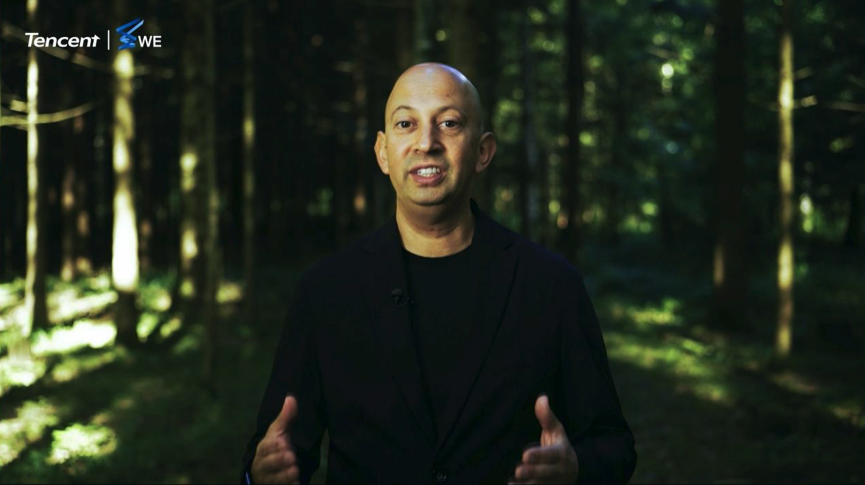 David Wallerstein, Tencent Chief eXploration Officer.
David Wallerstein, Tencent Chief eXploration Officer.
Topics discussed by the distinguished lineup of speakers are highlighted below:
The Role of Germplasm in Food Production
Qian Qian, Director-General of the National Crop Genebank of China (NCGC), Chinese Academy of Sciences, shared that innovation and agricultural science support a harmonious balance between humanity and nature. He noted that China’s three technological leaps in rice breeding have achieved significant increases in rice yield per unit. “Germplasm innovation is essential to breeding. The key to today’s seed-breeding success lies in the improvement of germplasm innovation and the integration of biologic and digital technologies.”
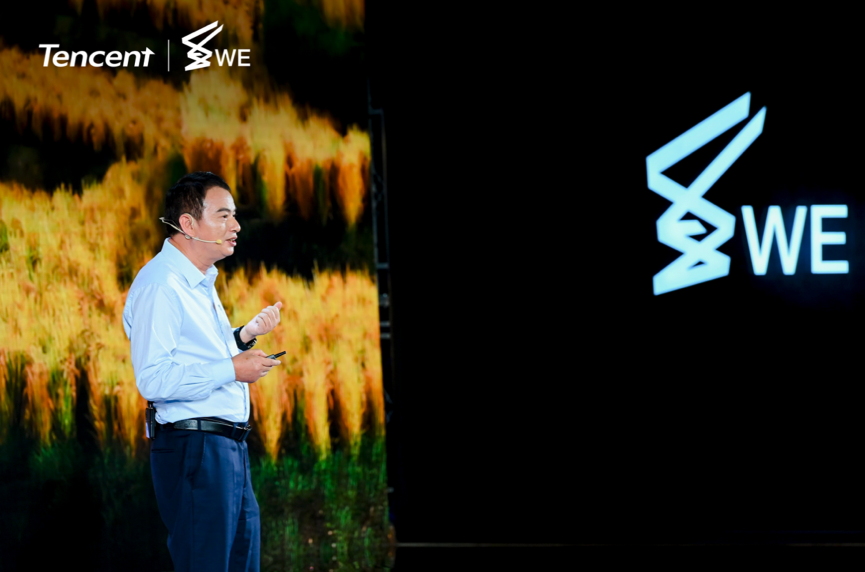 Qian Qian, academician of the Chinese Academy of Sciences and Director-General of the National Crop Genebank of China
Qian Qian, academician of the Chinese Academy of Sciences and Director-General of the National Crop Genebank of China
Graphene: Super Material of the Future
Sir Andre Geim, winner of the 2010 Nobel Prize in Physics and the “Father of Graphene,” demonstrated how the one-atom-thick graphene has captured imaginations as “the most important material of the 21st century.” A million times thinner than paper, 200 times stronger than steel, as flexible as rubber, and impenetrable by liquids or gas, Sir Andre predicted that “this material can help revolutionize many industries in the coming decade or two.”
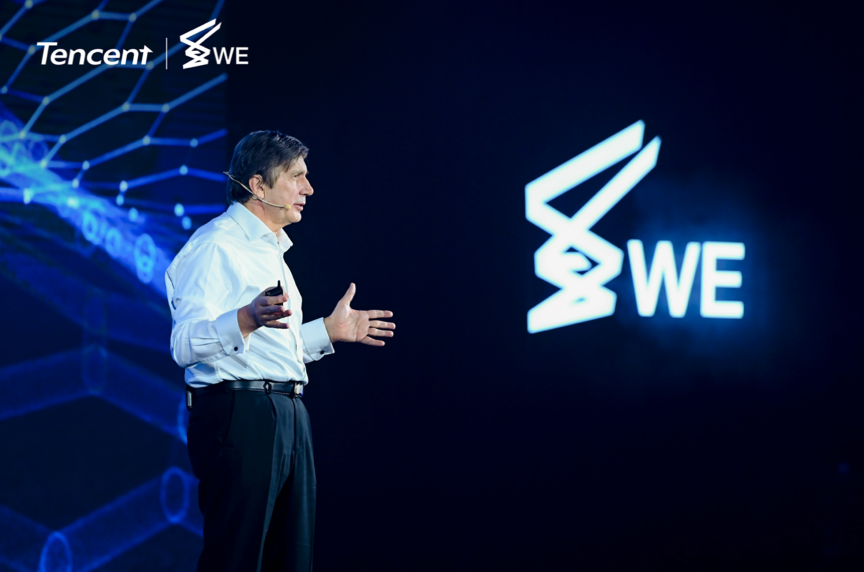 Sir Andre Geim, 2010 winner of Nobel Prize in Physics, member of the Chinese Academy of Sciences, the US National Academy of Sciences and the Royal Society.
Sir Andre Geim, 2010 winner of Nobel Prize in Physics, member of the Chinese Academy of Sciences, the US National Academy of Sciences and the Royal Society.
Slowing Down Aging
As human life expectancy climbs, the question of how to slow aging is becoming a burgeoning field of research. Leading biogerontology scientist Dame Linda Partridge said: “We can use drugs to prevent the harms of age-related diseases instead of carrying out medical treatment after such diseases occur. We are not meant to extend life, but rather to address health problems in the last years of longer lives.”
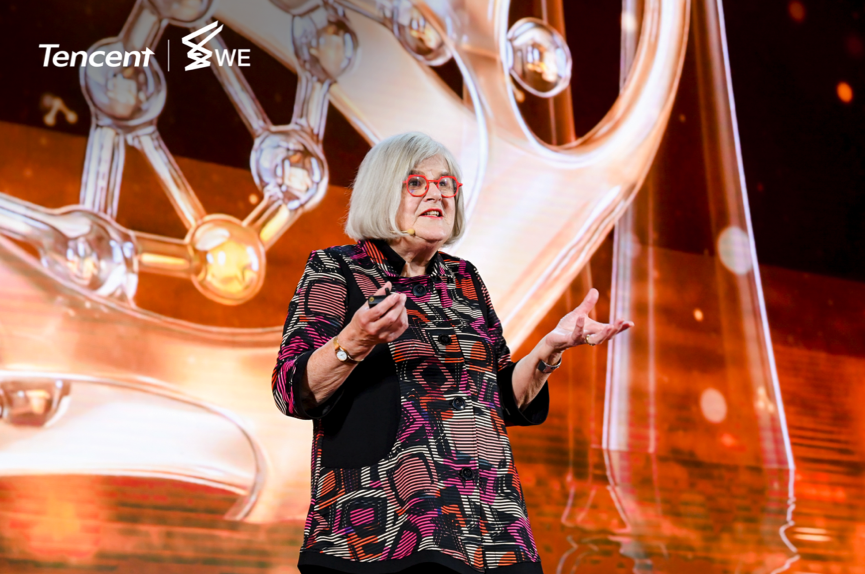 Dame Linda Partridge, Vice President of the Royal Society, member of the UK Academy of Medical Sciences, the American Academy of Arts and Sciences and the German National Academy of Sciences Leopoldina.
Dame Linda Partridge, Vice President of the Royal Society, member of the UK Academy of Medical Sciences, the American Academy of Arts and Sciences and the German National Academy of Sciences Leopoldina.
Harvesting Water from Air
“Reticular Chemistry” pioneer Omar Yaghi talked about continuing innovations and practices based on his invention of metal-organic frameworks (MOFs), a porous material which can be used to harvest water from desert air. Tests in North America’s Mojave Desert yielded 1.0 liter of water per cycle per day. “People living in desert areas can use water harvesters, which run with no energy input aside from ambient sunlight, to get sufficient water for the daily demand of an entire family.”
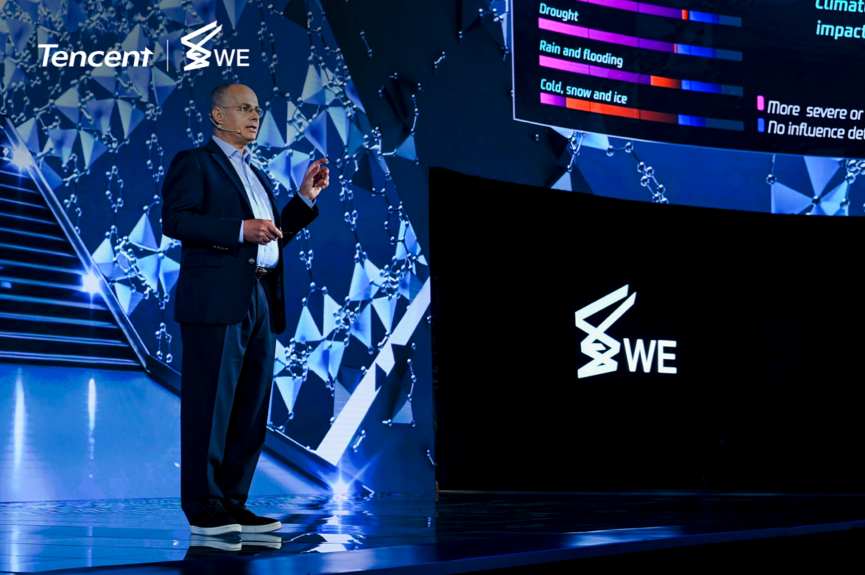 Omar Yaghi, member of the US National Academy of Sciences, winner of the 2018 Wolf Prize in Chemistry.
Omar Yaghi, member of the US National Academy of Sciences, winner of the 2018 Wolf Prize in Chemistry.
Finding Answers on the Origin of Life
Winner of the 2019 Nobel Prize in Physics Didier Queloz discovered the first known exoplanet, 51 Pegasi b. He shared his method of space observation and progressive research that has supported the continuous development of astronomical instruments and the discovery of thousands of exoplanets. “We hunt for and study planetary systems like the earth. Studying the origin of life on other planets can help us find answers about how life started on earth.”
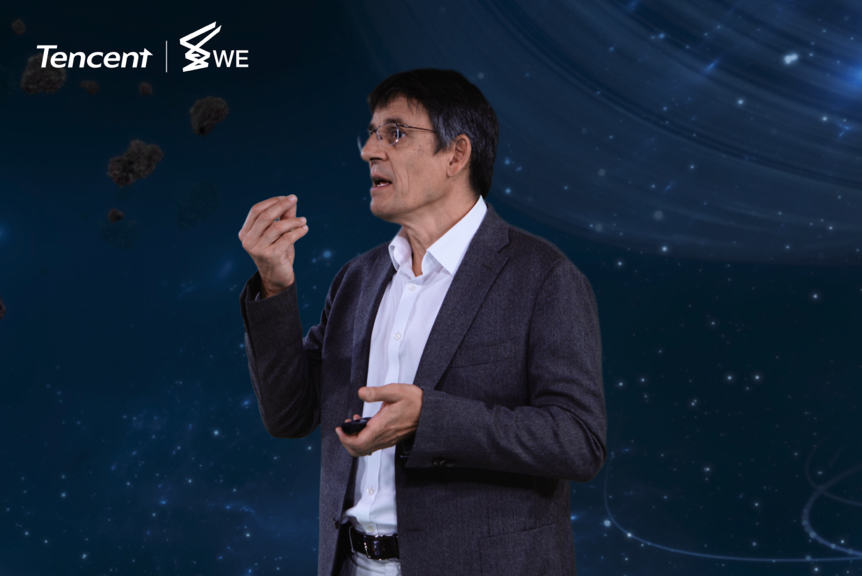 Didier Queloz, winner of the 2019 Nobel Prize in Physics, Founding Director of the Center for the Origin and Prevalence of Life at ETH Zurich.
Didier Queloz, winner of the 2019 Nobel Prize in Physics, Founding Director of the Center for the Origin and Prevalence of Life at ETH Zurich.
Potential of the Liquid Robot
Jiang Lelun, professor at the School of Biomedical Engineering, Sun Yat-Sen University introduced the magnetoactive solid-liquid phase transitional matter (MSLPTM) his team developed, which is highly rigid and loadable in its solid state and flexible as water when in a liquid state. The material changes states through temperature adjustments. According to Jiang, “MSLPTM and robots made from the material can be applied in the fields of biomedicine and industrial manufacturing. With wireless magnetic field control, a miniature robot can navigate through our body to deliver medicine and remove foreign matter.”
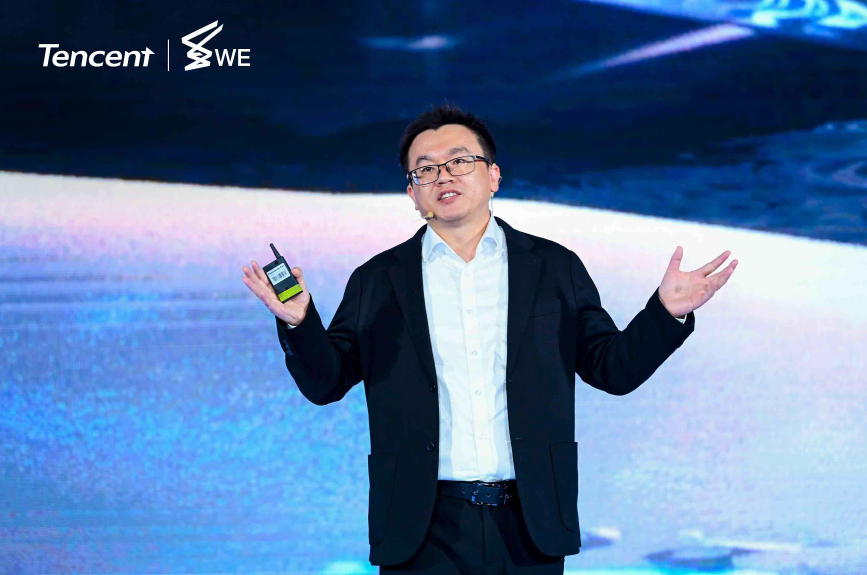 Jiang Lelun, professor in the School of Biomedical Engineering, Sun Yat-Sen University.
Jiang Lelun, professor in the School of Biomedical Engineering, Sun Yat-Sen University.
Revolutionary Applications of Material Science Breakthroughs
Zhao Zhongxian, an academic of the Chinese Academy of Sciences and former Director of National Lab for Superconductivity explained the properties and values of superconductors. “Looking for superconductors at higher temperatures and exploring better applicable superconducting materials and technics will bring profound changes to human productivity and our lives.”
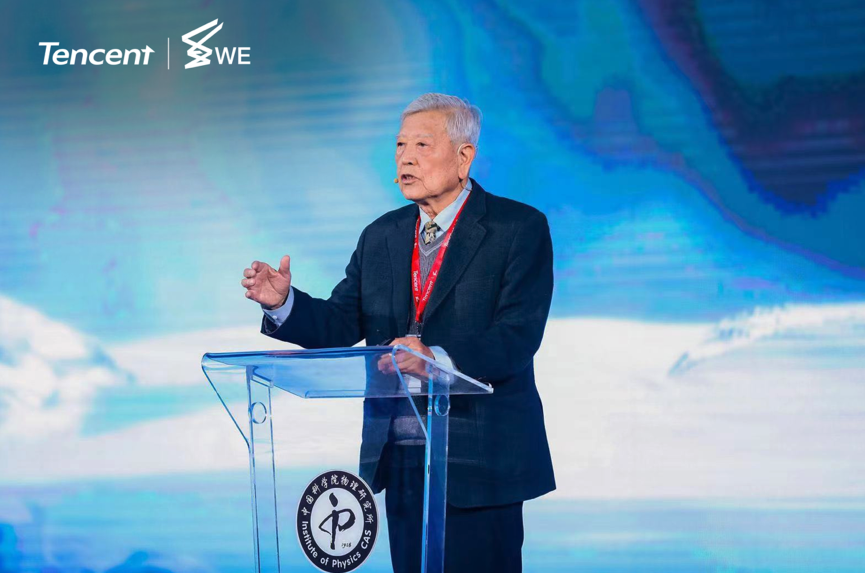 Zhao Zhongxian, academician of Chinese Academy of Sciences and former Director of National Lab for Superconductivity.
Zhao Zhongxian, academician of Chinese Academy of Sciences and former Director of National Lab for Superconductivity.
Over the past decade, 94 leading lights from the global science community have spoken at the WE Summit. They include Stephen Hawking, Sir Roger Penrose, Pan Jianwei and Andrew Chi-Chih Yao. More than 100 million engagements with the public have been recorded through both online and offline channels.
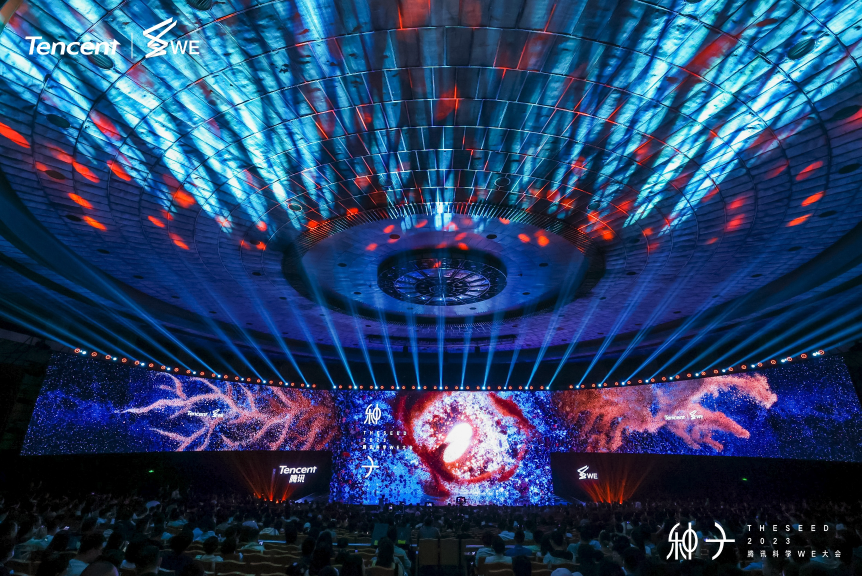
In addition to supporting basic scientific research, Tencent also hopes to increase public and industry awareness on the huge potential that science offers in improving productivity. On October 29, the first Tencent Industrial Science and Technology Conference opened at the Beijing Exhibition Center. Representatives from leading companies in intelligent manufacturing, as well as intelligent agriculture shared their technological breakthroughs and practices, helping to showcase China’s cutting-edge innovations in integrating industry and technology.


